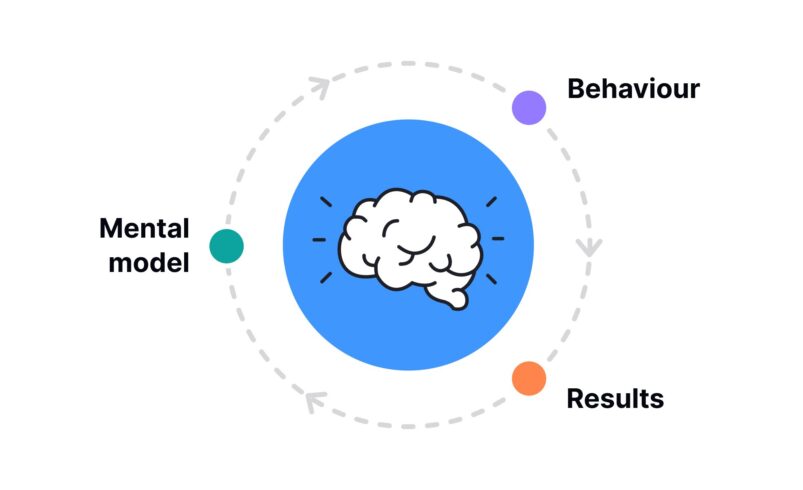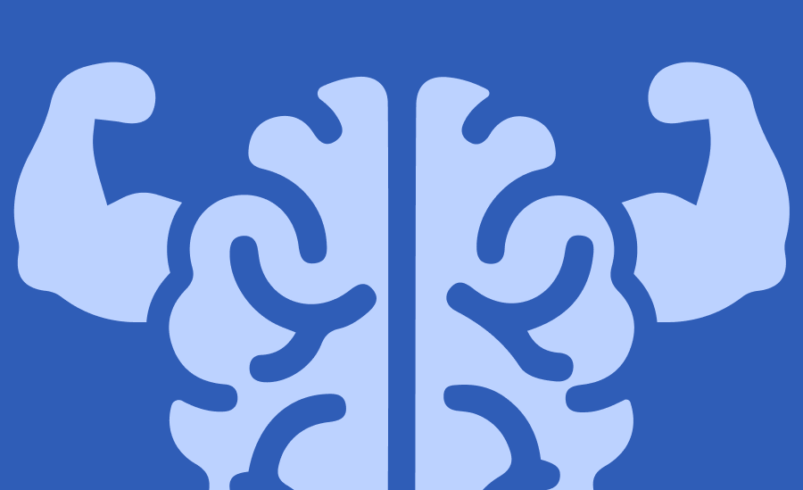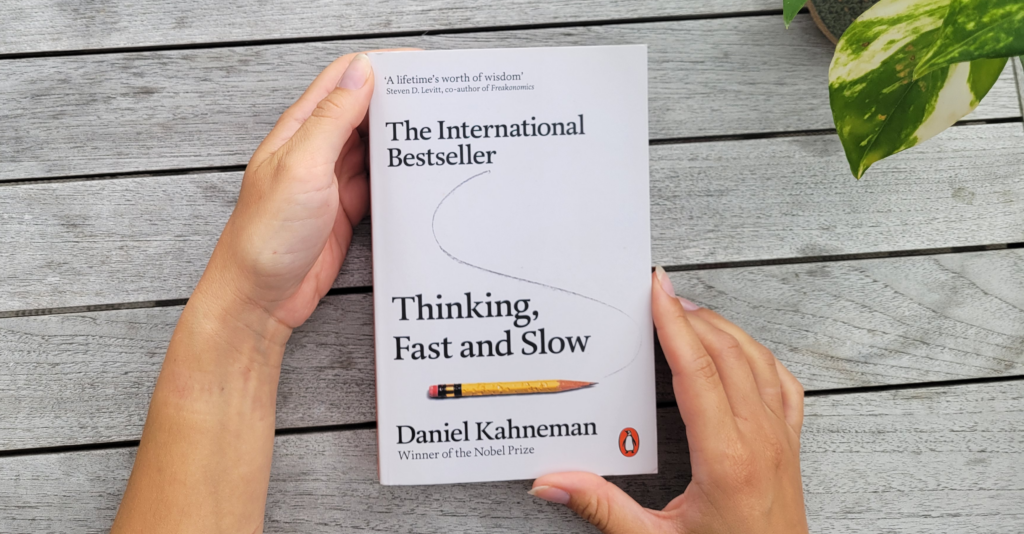
In the vast landscape of human thought, mental models are the invisible maps guiding our decision-making processes. But let’s face it: the term “mental model” can sound as dry as a three-day-old toast.
So, what if I told you that there are some mental models out there that you’ve probably never heard of?
Prepare to discover ten fascinating mental models that can reshape how you think, make decisions, and maybe even impress your friends at parties (or at least give them something to ponder while they sip their drinks).
-
Contents
- 1 The Feynman Technique: Teaching to Learn
- 2 Hanlon’s Razor: Don’t Assume Malice
- 3 The Map Is Not the Territory: Understanding Distortion
- 4 The 80/20 Rule (Pareto Principle): Focus on What Matters
- 5 The Dunning-Kruger Effect: Know Your Limits
- 6 Inversion: Thinking Backwards
- 7 Occam’s Razor: The Simplest Solution Is Often the Best
- 8 The Butterfly Effect: Small Changes, Big Outcomes
- 9 The Availability Heuristic: What’s in Your Mind
- 10 Second-Order Thinking: Looking Ahead
- 11 Conclusion: Embrace Your Mental Models
The Feynman Technique: Teaching to Learn
Named after the brilliant physicist Richard Feynman, this mental model emphasises the power of teaching. The idea is simple: if you can’t explain a concept to a five-year-old, you don’t truly understand it. Grab a piece of paper and write down everything you know about a subject. Then, simplify it until even a toddler would nod in understanding. It’s like turning your brain into a classroom – minus the chalk dust and the smell of old textbooks.
-
Hanlon’s Razor: Don’t Assume Malice
“Never attribute to malice that which can be adequately explained by stupidity.” This mental model is a breath of fresh air in a world rife with conspiracy theories and suspicion. Next time someone cuts you off in traffic or forgets to reply to your text, remember Hanlon’s Razor and consider that maybe they’re just having a rough day. Who knows? They might be wrestling with their own mental models.
-
The Map Is Not the Territory: Understanding Distortion
This mental model, originally coined by Alfred Korzybski, reminds us that our perceptions are not reality. Just because a map shows a straight road doesn’t mean the actual road is free of potholes or unexpected detours. When making decisions, remember that your understanding is just a representation, not the whole picture. Keep your mind open to new information, or you might end up lost in a mental maze.
-
The 80/20 Rule (Pareto Principle): Focus on What Matters
Ah, the classic 80/20 rule! This mental model suggests that 80% of your results come from 20% of your efforts. Whether you’re trying to lose weight, boost productivity, or tackle your to-do list, identify the vital few tasks that yield the most significant results. It’s like picking the best fruits from a tree – why waste time gathering the whole harvest when a few juicy ones will do the trick?
-
The Dunning-Kruger Effect: Know Your Limits
This mental model illustrates the unfortunate truth that people with low ability at a task often overestimate their competence. Conversely, those who are genuinely skilled tend to underestimate their expertise. If you find yourself confidently explaining quantum physics but can’t even boil an egg without a disaster, you might be experiencing the Dunning-Kruger effect. Remember: humility is a sign of true intelligence.
-
Inversion: Thinking Backwards
Inversion is a mental model that encourages you to think in reverse. Instead of asking, “How can I succeed?” ask, “What could cause me to fail?” By identifying potential pitfalls, you can create a roadmap for success that avoids those traps. It’s like navigating a minefield – better to know where the mines are before you step into the field.

-
Occam’s Razor: The Simplest Solution Is Often the Best
Occam’s Razor is a mental model that states that the simplest explanation is usually the correct one. When faced with a complicated problem, resist the urge to create elaborate theories. Instead, go with the simplest solution that fits the facts. This doesn’t mean you should ignore complex realities, but rather that you shouldn’t complicate your mental models unnecessarily. Sometimes, a straightforward answer is all you need – like when you realise that the noise in your house isn’t a ghost, but just your cat knocking things over again.
-
The Butterfly Effect: Small Changes, Big Outcomes
The butterfly effect posits that small actions can lead to significant consequences. A simple decision, like choosing to walk a different route to work, could set off a chain of events that alters your life entirely. So, the next time you’re faced with a choice, remember that even the tiniest shift can have monumental implications. It’s like being in a choose-your-own-adventure book, except you’re living it in real life!
-
The Availability Heuristic: What’s in Your Mind
This mental model describes how people often rely on immediate examples that come to mind when evaluating a topic. If you recently heard about a plane crash, you might think flying is dangerous, despite statistics showing it’s safer than driving. The key is to recognize this bias and seek out broader data before forming opinions. Your brain may be an excellent storyteller, but it doesn’t always tell the whole story.
-
Second-Order Thinking: Looking Ahead
Second-order thinking encourages you to consider the consequences of your decisions beyond the immediate effects. For example, choosing to eat junk food might provide instant gratification, but the second-order effect could be regret during your next workout. By practising second-order thinking, you can make more informed decisions that consider both short-term and long-term outcomes. It’s like playing chess instead of checkers – thinking a few moves ahead can change the game entirely.
Conclusion: Embrace Your Mental Models
Understanding and implementing these lesser-known mental models can give you a fresh perspective on decision-making and problem-solving. They not only help you navigate life’s challenges but can also serve as handy conversation starters at social gatherings. So, the next time you find yourself pondering the complexities of life, remember these mental models and the power they hold.
And speaking of mental models, if you’re looking for a way to capture and organise your thoughts, consider trying out the Wizdom app.
It’s designed to help you build your own mental models, making it easier to visualise concepts and enhance your understanding. Plus, it’s a great tool for jotting down those “aha!” moments that can change your thinking forever.

Zia Hawwa
Currently pursuing a Degree in Criminology, Zia’s passions lie in the world of literature and the human psyche. She loves what the world has to offer, and is always on the journey of satisfying her curiosity.

4 Steps to Use Failure to Succeed
Recent Posts
- 25 Top Quotes from The 10X Rule to Supercharge Your Ambition
- 10 Books You Must Read to Succeed in Your Career
- 30 Little Tricks for Big Success in Relationships
- 25 Life-Changing Self-Help Books to Read This December: Boost Your Mood and Your Mind
- 25 Amazing Self-Care Tips for December: Wrap Yourself in Joy, Not Stress





